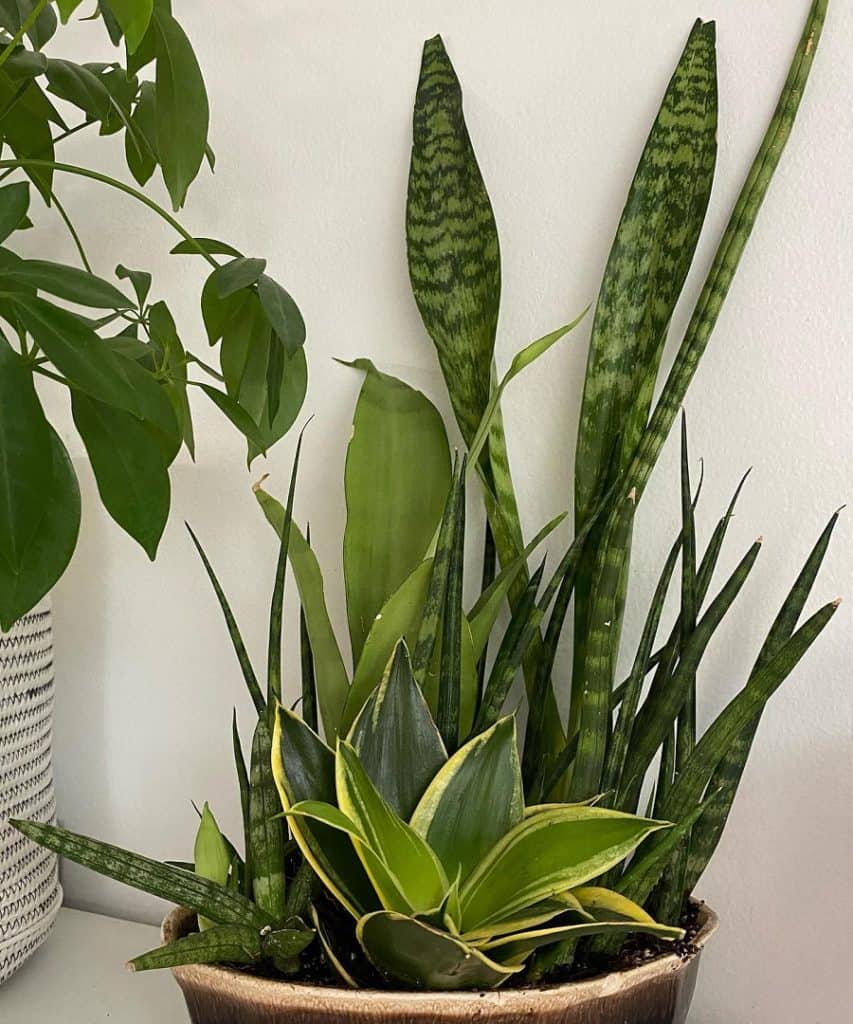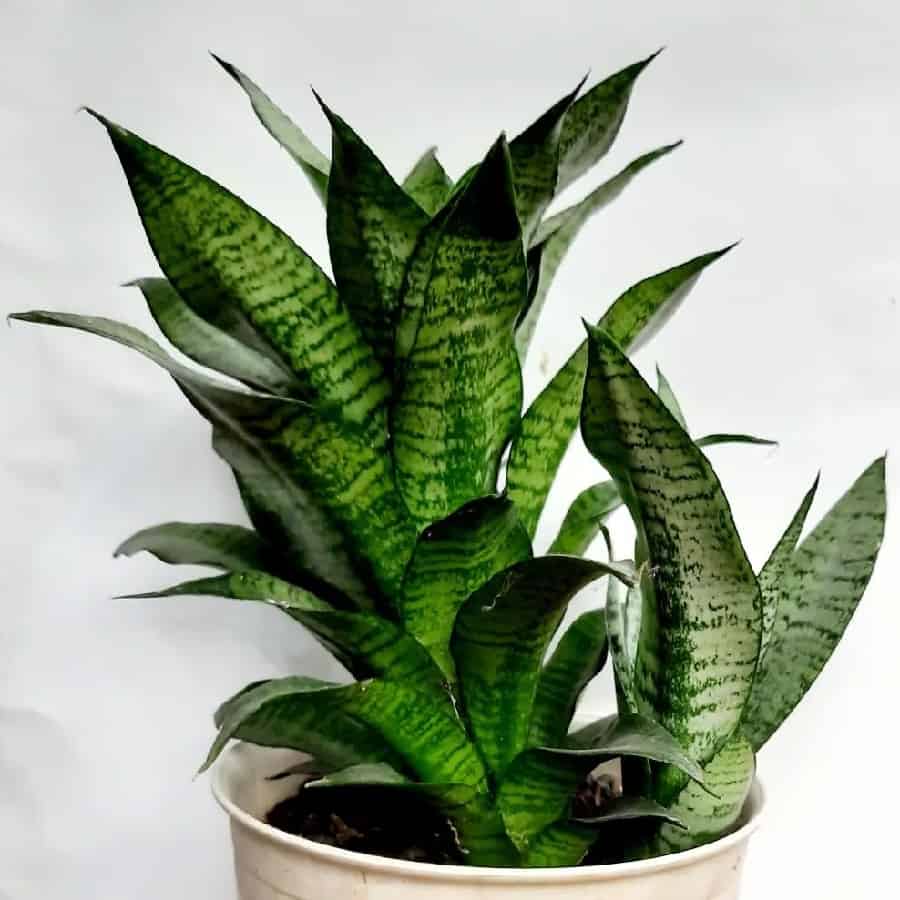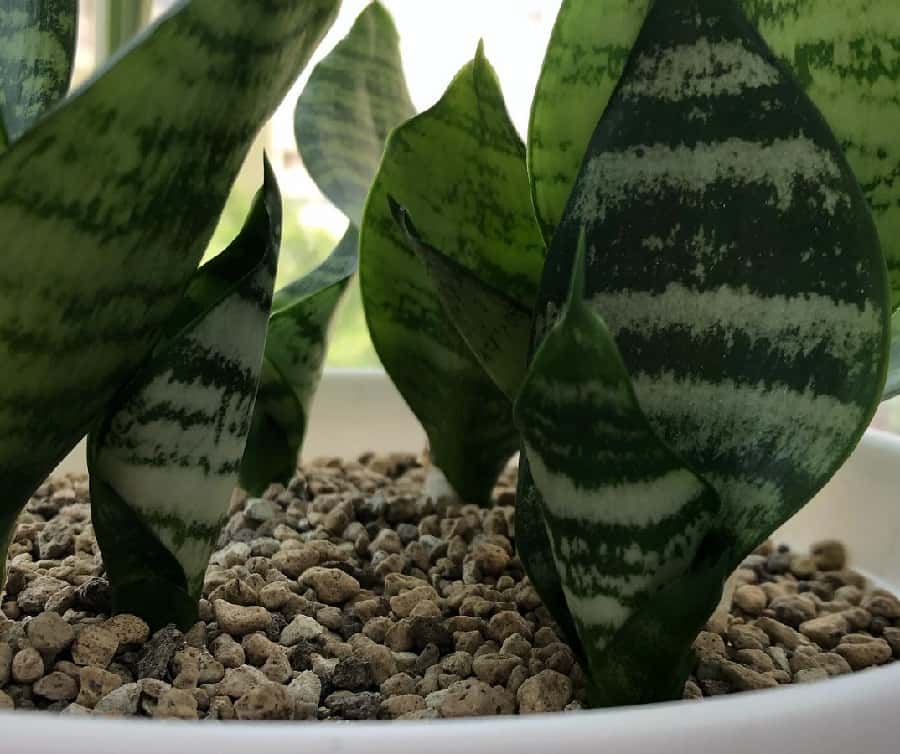How to Grow Multiple Snake Plant Varieties Together
Have you ever wondered if you can plant multiple types of snake plants together? Maybe you’re curious about what happens when you grow different snake plant varieties in the same pot. If these questions have crossed your mind, you’re in the right place! In today’s guide, we’re going to delve into the fascinating world of snake plants and explore the possibilities of combining them. By the end, you’ll have a better grasp of whether it’s a good idea to mix different snake plant types and what effects it can have.
Contents
Can You Plant Different Types of Snake Plants Together?

Absolutely! You can mix and match different types of snake plants in the same pot or container. Whether they’re variegated or non-variegated varieties, these stunning plants can thrive together and add a touch of beauty to any room.
It’s actually a smart idea to plant multiple snake plants in a large container because they prefer to be root-bound. If the pot is too big for just one snake plant, it’s best to bring some company in!
Related Post:
32 Types of Snake Plants with Pictures
When to Combine Different Types of Snake Plants
If you already have a snake plant happily settled in a container and it doesn’t need repotting, it’s best not to disrupt it. However, there are a few occasions when combining different types of snake plants works well:
- When you’ve just purchased snake plants from the nursery and they need bigger containers.
- When the current containers are too small to accommodate two or more snake plants.
- When you divide a larger snake plant into smaller sections and need to repot them.
Related Post:
How Do You Straighten a Snake Plant?
How to Plant Different Snake Plants in One Pot
Here’s a step-by-step guide to planting different types of snake plants together:
- Hold the leaves of the snake plant and gently remove the container from the bottom.
- If it’s a plastic container, squeeze it to release the soil. For ceramic containers, loosen the soil around the edges using a bamboo stick or pencil.
- Once the plants are out, gently remove any loose soil from their root balls. If the roots are tightly packed, use your fingers to loosen them up a bit.
- Choose a new container and fill it with potting mix, leaving about an inch of space from the top.
- Plant your snake plants in the middle of the container, making sure their roots are covered with soil. Avoid piling up the soil too high.
- Press down gently on the soil, ensuring it’s not too compacted. Give the plants a light watering and place the pot in an area with medium to bright indirect light.
- After a few days, the plants should settle in and start growing, as long as they’ve been well taken care of.
Some Important Things to Remember
When selecting a container, make sure it’s large enough to accommodate both snake plants, but not overly spacious. As a general rule, it’s better to opt for a slightly smaller container than one that’s too big.
Use a high-quality potting mix suitable for succulents like the Superfly Bonsai Succulent Potting Soils Mix*. We’ve found it to be highly effective for snake plants.
*As an Amazon Associate we earn from qualifying purchases which means we receive a small commission when you make a purchase, at zero cost to you.
Ensure that the plants are centered in the container. If you’re combining plants of different sizes, place the larger one at the back and the smaller ones at the front for easy visibility of their foliage.
Caring for Snake Plants After Repotting
Once you’ve potted your different snake plants together, it’s important to provide them with the right care. Here are some essential tips:
- Avoid exposing them to direct sunlight immediately after repotting. The roots need time to adjust to the new environment, and too much light can stress the plants. Remember, snake plants prefer low-light conditions.
- Stick to your regular care routine about a week after repotting. Here are the basics:
- Maintain a temperature range of 60 to 75 degrees Fahrenheit (15 to 24 degrees Celsius).
- Ensure they receive plenty of medium to bright indirect light throughout the day.
- Water the plants every seven to ten days in spring through fall, and even less frequently in winter. Overwatering can be harmful, as snake plants can tolerate dry conditions.
- Fertilize once a month during spring through fall, but avoid fertilizing in winter.
- Keep the leaves clean by gently wiping them with a damp cloth from time to time.
- Once your snake plants become well-established, they will essentially function as a single plant and won’t require any special attention.
FAQs
Do snake plants grow better together?

Yes! Snake plants thrive when planted together because they share similar needs. They don’t pair well with plants that require frequent watering or consistently moist soil.
Do snake plants like to be crowded?

Yes, snake plants prefer a slightly crowded pot. When repotting, choose a pot that is only slightly larger than the original one.
How much space does a snake plant need?

Space your snake plants anywhere from 1 inch to 4 inches apart, depending on their size and the size of the container. This allows them to continue growing and flourishing!
